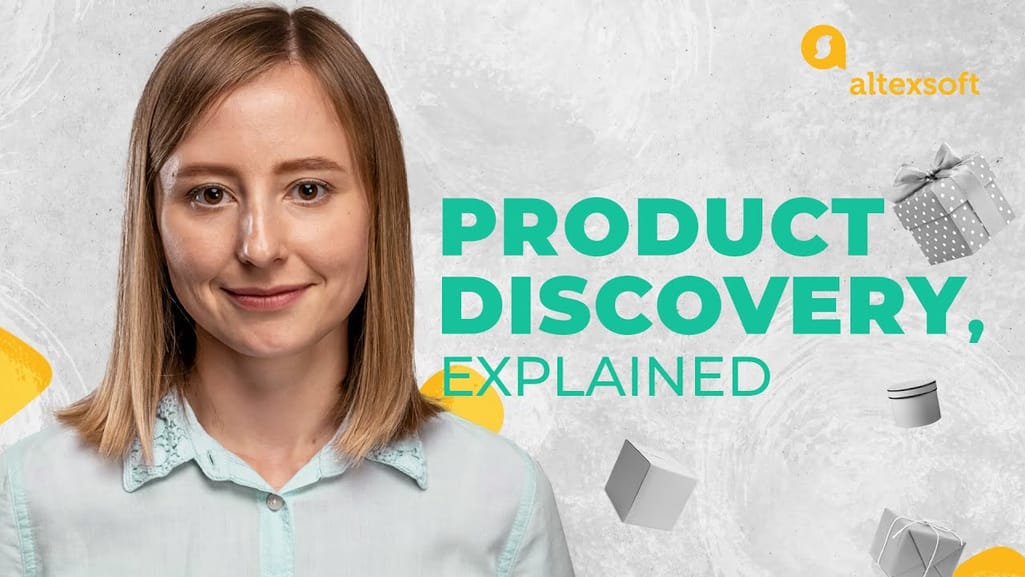Product discovery is the crucial first step of every innovation journey. It involves uncovering real customer needs, pain points and opportunities to establish a strong product-market fit.
While intuitive instinct plays a role, the process requires scientific qualitative and quantitative research methods to surface valid insights. This article outlines modern approaches to optimize discovery through strategic techniques and the supporting role of discovery tools.
Customer Personas
Understanding target user archetypes through well-defined customer personas aids empathy and alignment. Personas capture attributes like demographics, goals, frustrations, behaviors and environments derived from primary interviews.
They humanize customer segments, facilitating ideation around their true problems instead of assumptions. Maintaining personas as a constant North star grounds every decision in reality, reducing the chance of misfires.
Jobs to be Done
Pioneered by Clayton Christensen, jobs-based research dives deep to unearth the “jobs” or outcomes users hire products and services to fulfill instead of symptoms.
It provides a more nuanced perspective beyond demographics into the true reasons driving adoption. Asking probing “why” questions to identify jobs helps validate needs beyond surface sentiments into tangible opportunities.
Competitive Analysis
Coupling secondary research into competitors’ strengths and blindspots with questionnaires aids a holistic understanding of the industry landscape.
Mapping feature sets to specific customer jobs avoids duplicate efforts.It also spots white spaces for potential market disruption when existing solutions do not fulfill important jobs optimally.
Surveys and Interviews
Structured surveys allow quantitative sampling across user profiles. They efficiently gather multiple opinions through rating scales and close-ended questions while controlling biases.
Qualitative interviewing fosters intimate open discussions to uncover new angles and “why” level insights beyond prepared questions. The tool also observes users trying out prototypes.
Contextual Inquiry
Observing users in their natural environment provides unparalleled perspective into the situational needs and challenges faced. It helps validate if workflows mirror reality aiding contextual problem-solving.
Customer Advisory Boards
Recruiting a spectrum of active and passive customers dedicated to providing routine feedback establishes a high-fidelity channel for ongoing inputs. Rapport built over time nurtures honesty.
Concept Testing
Rapidly prototypes early ideas and gets real-time reactions gauging traction and confusion zones. Iterative testing leads to validated strategic opportunities versus assumed concepts. Early feedback prevents wasted R&D.
PRODUCT DISCOVERY TOOLS
Modern product discovery tools automate processes and provide rich insights alongside strategic recommendations:
- UserTesting: Automates contextual research and unmoderated usability testing of prototypes with commentary.
- Learn luxury: Helps create visual personas through survey data import and psychographic attributes analysis. Exportable to other discovery stages.
- User Interviews: Enables remote in-depth qualitative interviewing with recording, transcription and sentiment analysis to uncover new opportunities.
- Conceptboard: Facilitates online collaboration, prototype sharing, surveys and usability testing to refine concepts based on quantitative and qualitative feedback.
While instincts and intuition play a role, discovery today demands a scientific blend of methods aided by specialized tools. Those embracing data-centric research uncover true differentiation instead of assumptions, dramatically reducing failure risk.
Journey Mapping Expanding on personas is visual journey mapping capturing emotion-based highs and lows customers experience across every brand interaction.
Beyond problems, it sheds light on latent dynamics shaping perceptions invisible otherwise. Coupled with concept validation, it yields profoundly innovative “WOW” concepts.
Competitive Benchmarking
Analysing top 2-3 competitors’ customer journeys against best practices uncovers areas compromised and opportunities for experience enhancement to gain competitive differentiation.
It helps craft a blue ocean strategy aligned with undiscovered customer needs beyond incrementally satisfying existing expectations.
Hypotheses Generation
Through assimilation of discovery research datasets, deriving early hypotheses around important jobs, frustrations and opportunities forms a starting point for concept ideation with real-world grounding.
This generates strategic directions compared to random brainstorming with higher chances of success through continuous validation over iterative tests.
Collaborative Brainstorming
Bringing cross-functional experts together to analyze hypotheses, dream big yet stay disciplined aids crafting more nuanced concepts.
Facilitated brainwriting and conceptualization leverage diverse perspectives beyond individual cognitive limits into strategic solutions worth exploring. Interactive whiteboarding fuels co-creation.
Concept Modeling
Creating lightweight prototypes rapidly depicting early concepts, features and flows based on validated hypotheses facilitates inexpensive usability testing for course correction upfront.
Low-fidelity paper sketches early in the ideation lifecycle extracts speedy feedback pointing investments towards maximum potential.
User Acceptance Testing
Testing revised concepts with original research participants leverages existing familiarity and trust. It rapidly iterates based on real user reactions, accelerating the product discovery cycle towards validated strategic opportunities deserving investments.
Insights Communication
Distilling learnings into compelling executive summaries and presentations incorporating rich visuals like journey maps, personas and validated concepts enhances storytelling.
It wins buy-ins by demonstrating a scientific, user-centric approach sparing wasted months on risky assumptions to justify further funding.
Feedback Management
Organizing continuous stakeholder inputs for reference facilitates evidence-driven product management over the entire product lifecycle. It prevents re-inventing wheels and re-learning lessons through dynamic wiki-style collaboration.
In summary, adopting robust scientific techniques matched with modern discovery tools helps teams move beyond assumptions into breakthrough innovations through a user-centric ecosystem of continuous learning and validation positioned for commercial success. Those leveraging these best practices reap rich rewards.






